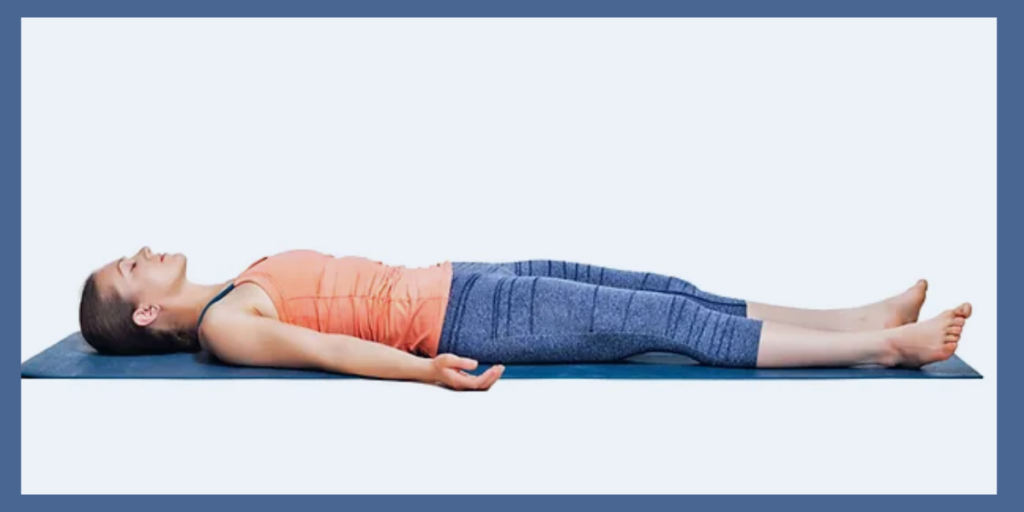In today’s fast-paced world, stress and anxiety have become common companions for many. With constant connectivity and an unending stream of information, finding moments of peace can seem like an insurmountable challenge. However, mindfulness techniques offer a beacon of calm amidst the chaos, helping individuals to center themselves and find balance. These practices, rooted in ancient traditions and supported by modern science, are accessible to everyone and can profoundly impact mental and emotional well-being.
What is Mindfulness?
Mindfulness is the practice of being fully present and engaged in the current moment, aware of your thoughts, feelings, and sensations without judgment. This mental state allows for greater clarity and a deeper connection with oneself and the surrounding world. By fostering this awareness, mindfulness helps individuals manage stress, improve focus, and enhance overall quality of life.
Key Mindfulness Techniques
Several mindfulness techniques can be easily integrated into daily routines, each offering unique benefits. Here are some of the most effective methods:
1. Mindful Breathing
Mindful breathing is one of the simplest yet most powerful mindfulness techniques. It involves paying close attention to your breath as it flows in and out. This can be done anywhere, at any time, making it a versatile tool for managing stress and anxiety.
To practice mindful breathing:
- Find a comfortable position and close your eyes.
- Take a deep breath through your nose, allowing your abdomen to expand.
- Exhale slowly through your mouth.
- Focus on the sensation of the breath entering and leaving your body.
- If your mind wanders, gently bring your focus back to your breath.
By focusing your attention on the breath, you create a sense of calm and grounding that can help reduce stress and improve concentration.
2. Body Scan Meditation
Body scan meditation is a technique that promotes relaxation by systematically focusing on different parts of the body. This practice can help release physical tension and increase body awareness.
To perform a body scan:
- Lie down or sit comfortably with your eyes closed.
- Start by focusing on your toes, noticing any sensations without trying to change them.
- Gradually move your attention up through your feet, legs, torso, arms, and head.
- Take your time with each body part, acknowledging sensations of warmth, tension, or discomfort.
- Conclude by taking a few deep breaths and slowly opening your eyes.
Regular practice of body scan meditation can enhance your ability to detect and alleviate physical stress before it becomes overwhelming.
3. Mindful Walking
Mindful walking turns a simple activity into a meditative practice. It involves walking slowly and deliberately, paying attention to each step and the sensations in your body.
To practice mindful walking:
- Find a quiet place where you can walk undisturbed.
- Stand still for a moment, feeling the ground beneath your feet.
- Begin walking slowly, focusing on the movement of your legs and feet.
- Notice the shifting of weight from one foot to the other.
- Be aware of your surroundings without getting distracted by them.
Mindful walking is an excellent way to incorporate mindfulness into daily life, especially for those who find sitting meditation challenging.
4. Loving-Kindness Meditation
Loving-kindness meditation (also known as Metta meditation) focuses on cultivating compassion and love for oneself and others. This practice involves silently repeating phrases that express good wishes.
To practice loving-kindness meditation:
- Sit comfortably with your eyes closed.
- Start by directing loving-kindness towards yourself, silently repeating phrases like, “May I be happy, may I be healthy, may I live with ease.”
- Gradually extend these wishes to others, starting with loved ones and then expanding to acquaintances and even people you find challenging.
- Conclude by sending loving-kindness to all beings everywhere.
This practice can help develop empathy, reduce negative emotions, and foster a sense of interconnectedness.
The Science Behind Mindfulness
Numerous studies have demonstrated the positive effects of mindfulness on mental health. Regular practice can lead to reduced levels of cortisol (the stress hormone), lower blood pressure, and improved immune function. Additionally, mindfulness has been shown to enhance emotional regulation, increase focus and attention, and decrease symptoms of anxiety and depression.
Neuroscientific research indicates that mindfulness practice can change the structure and function of the brain. For example, regular mindfulness meditation has been associated with increased gray matter density in areas involved in learning, memory, and emotional regulation.
Integrating Mindfulness into Daily Life
Incorporating mindfulness into daily routines does not require significant time or effort. Simple practices such as mindful eating, where you savor each bite and pay attention to the flavors and textures, or taking a few moments to practice mindful breathing during breaks, can make a substantial difference.
For those new to mindfulness, guided meditations and mindfulness apps can provide structure and support. As with any skill, consistency is key; even a few minutes of daily practice can yield significant benefits over time.
Conclusion:
Mindfulness techniques offer a powerful antidote to the stress and distractions of modern life. By fostering a state of present-moment awareness, these practices can enhance mental and emotional well-being, promoting a more balanced and fulfilling life. Whether through mindful breathing, body scan meditation mindful walking, or loving-kindness meditation, there is a mindfulness practice suited for everyone. Embrace these techniques, and discover the peace and clarity that mindfulness can bring.






